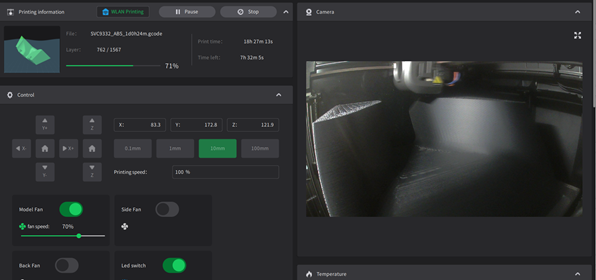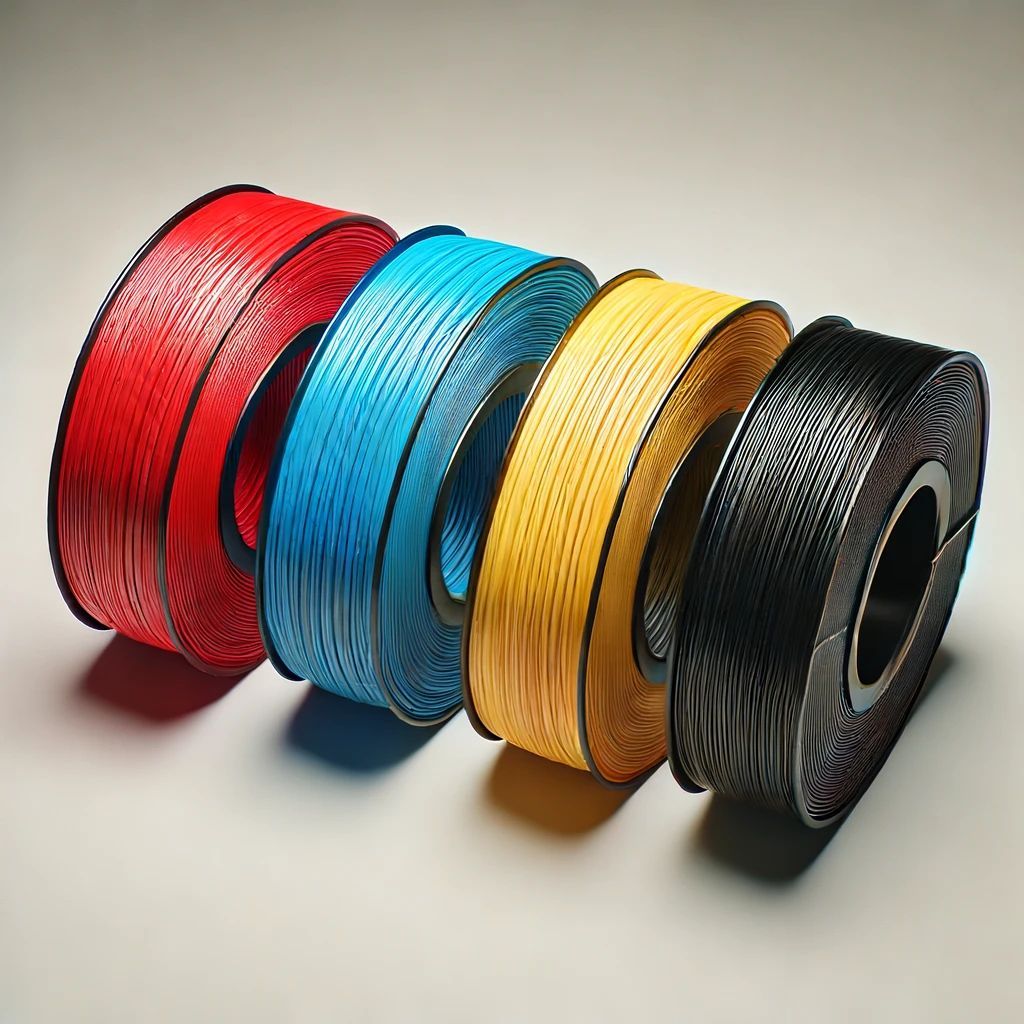3D Printing with Polystyrene (High Impact Polystyrene (HIPS)):
The Evolution of Polystyrene to 3D Printing with High Impact Polystyrene (HIPS)
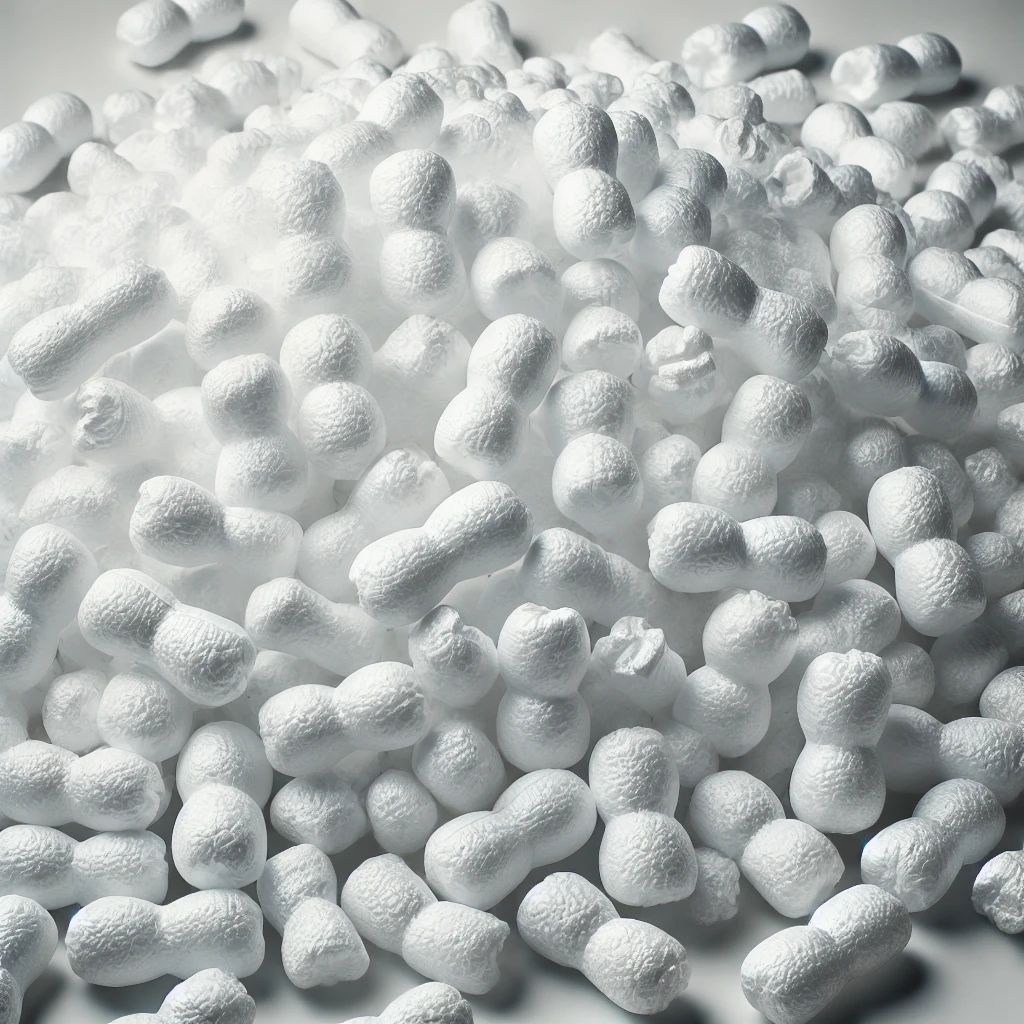
We all remember Polystyrene packaging and how fun it was as kids to break it up into tiny pieces until we found out that actually every time you break them it releases a gas or something like that.
As time has gone by Polystyrene packaging has largely been replaced by foam or bubble wrap or something else so I thought its good to have a look at how Polystyrene use is changing with the growth of 3D Printing Revolution
Today, we're going to take a journey through time and technology, exploring how polystyrene evolved into a key material for 3D printing in the form of High Impact Polystyrene (HIPS). As someone who's seen a lot of changes in the manufacturing sector over the past three decades, it's fascinating to see how materials like polystyrene have adapted and thrived in new applications.
The Early Days of Polystyrene
1. Invention and Initial Uses
Polystyrene was first discovered in the 19th century by German apothecary Eduard Simon. However, its potential wasn't fully realized until the 1930s when BASF and Dow Chemical began mass-producing it. Back then, polystyrene was mainly used for items like insulation, packaging, and disposable cutlery. Its lightweight and versatile properties made it a popular choice for a variety of applications.
2. From Basic to High Impact
Standard polystyrene, while useful, had its limitations. It was brittle and prone to cracking, which restricted its use in more demanding applications. To address this, manufacturers started adding rubber to polystyrene, creating High Impact Polystyrene (HIPS). This new material retained the benefits of polystyrene—like ease of molding and cost-effectiveness—while adding improved durability and impact resistance.
The Rise of 3D Printing
1. Beginnings of 3D Printing
3D printing, or additive manufacturing, began to take shape in the 1980s. The earliest technologies, like stereolithography (SLA) and selective laser sintering (SLS), primarily used materials like resins and powders. These early machines were expensive and mostly limited to industrial applications.
2. Entry of Polystyrene in 3D Printing
As 3D printing technology advanced and became more accessible, the range of materials expanded. Polystyrene, particularly HIPS, found its niche in the 3D printing world. HIPS emerged as a versatile material, particularly valued for its role as a support filament. Its ability to dissolve in limonene made it an ideal companion for more complex prints, allowing for easy removal of supports without damaging the main structure.
Polystyrene's Transformation into HIPS for 3D Printing
1. Material Properties
HIPS offers a blend of properties that make it suitable for 3D printing. Its impact resistance, ease of printing, and good adhesion properties set it apart from other materials. It prints at relatively low temperatures (230-240°C) and has excellent layer adhesion, reducing the chances of warping.
2. Support Material
One of the biggest breakthroughs for HIPS in 3D printing was its use as a support material. When printing complex objects, supports are necessary to hold up overhangs and intricate details. HIPS can be easily dissolved away with limonene, leaving the primary print intact and clean. This has made it an invaluable tool for creating detailed and complex 3D prints.
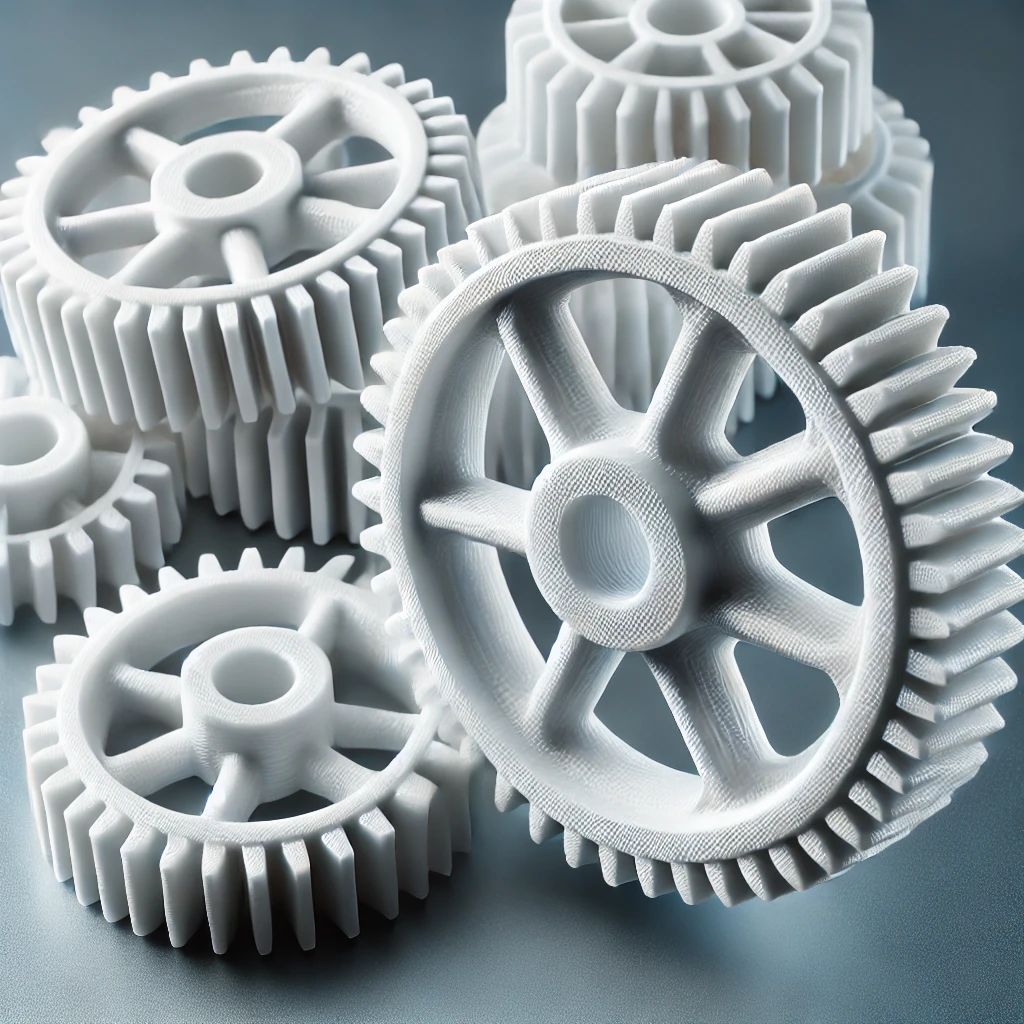
If you’re looking to dive into the world of 3D printing with polystyrene, specifically High Impact Polystyrene (HIPS), you’ve come to the right place. With 30 years under my belt in the mechanical manufacturing sector, I've seen the evolution of materials and technologies, and HIPS is one that has grabbed a lot of attention recently.
So, grab a coffee, sit back, and let’s get into the nitty-gritty of 3D printing with HIPS.
What is High Impact Polystyrene (HIPS)?
First things first, what exactly is HIPS?
High-impact polystyrene is a type of polystyrene that’s been modified with rubber to enhance its durability and impact resistance. Think of it as the tougher cousin of your regular polystyrene. You’ve probably encountered HIPS in everyday products like disposable cups, food containers, and even model kits.
Why Use HIPS for 3D Printing?
1. Support Material
One of the standout features of HIPS is its use as a support material. If you’re printing complex objects with overhangs and intricate designs, HIPS can be a lifesaver. It dissolves in limonene, making it easy to remove from your finished print without leaving a trace.
2. Durability
HIPS is tough. It’s resistant to impact, which means your prints can withstand a bit of rough handling. This makes it ideal for prototypes, functional parts, and models that need a bit of robustness.
3. Ease of Printing
HIPS prints at a relatively low temperature, around 230°C, and adheres well to a heated bed at about 90-110°C. It’s less prone to warping compared to some other filaments, which means fewer failed prints and headaches.
Getting Started with HIPS
1. Printer Settings
To get the best results with HIPS, you’ll need to dial in your printer settings. Here’s a quick rundown:
- Nozzle Temperature: 230°C to 240°C
- Bed Temperature: 90°C to 110°C
- Print Speed: 30-60 mm/s
- Cooling: Minimal or no cooling
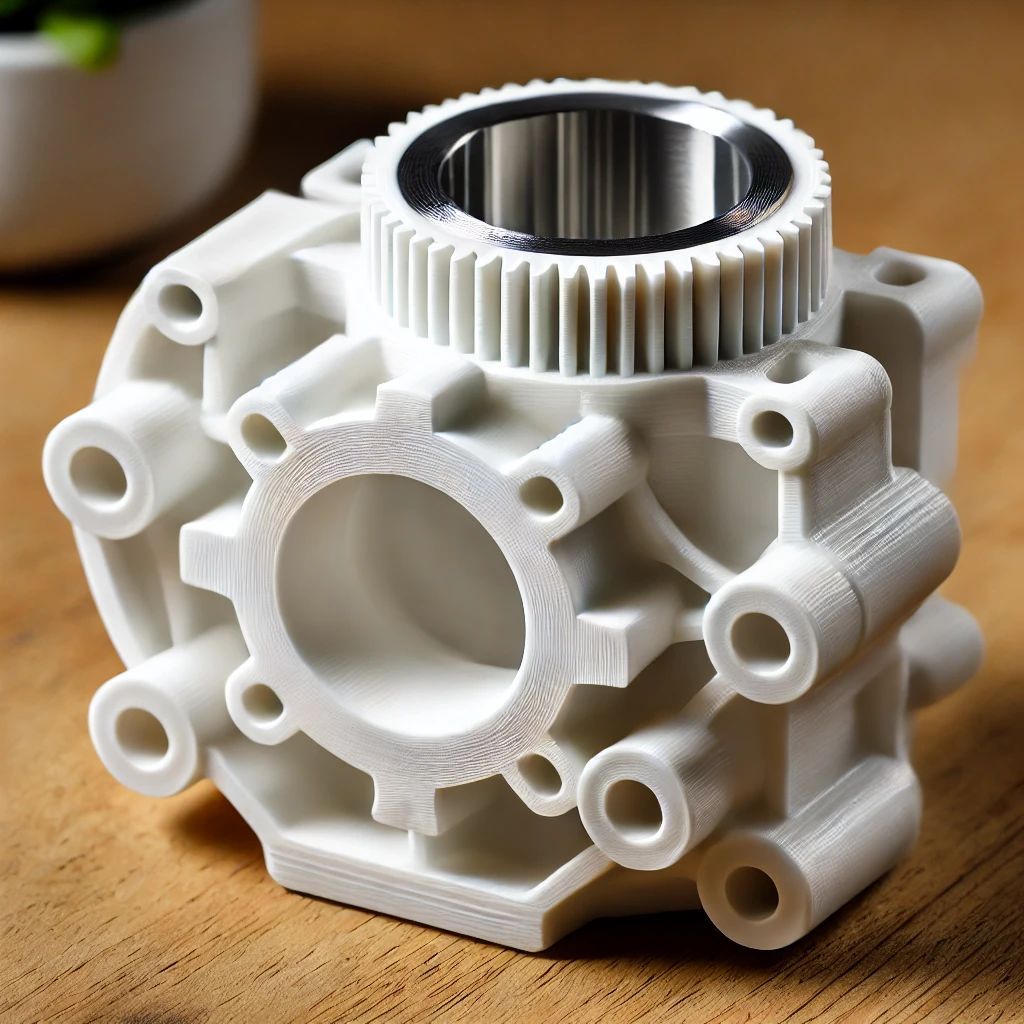
Real-World Applications of HIPS in 3D Printing
1. Prototyping
High-impact polystyrene (HIPS) is a standout material when it comes to prototyping, thanks to its exceptional properties. Prototyping often requires a material that can be both versatile and durable, and HIPS fits the bill perfectly. Here’s why:
Durability and Functionality
The inherent durability of HIPS means that the prototypes you create aren’t just showpieces—they’re functional.
This material can withstand a reasonable amount of stress and impact, allowing you to test the actual performance of your prototype under real-world conditions.
This is particularly beneficial in mechanical and structural prototyping, where the robustness of the material can give you a better understanding of the final product’s performance.
Ease of Use and Quick Iterations
HIPS is known for its ease of use in 3D printing. It adheres well to the print bed and has minimal warping issues, which results in fewer print failures and smoother printing processes.
This reliability means you can quickly iterate your designs, making adjustments and printing new versions without the frustration of dealing with common print issues.
Fast iterations are crucial in the prototyping phase, as they allow for rapid development and refinement of designs based on real-time feedback and testing.
Cost-Effective
Prototyping can be an expensive process, especially when multiple iterations are involved. HIPS is relatively cost-effective compared to some other high-performance materials. This affordability makes it an excellent choice for extensive prototyping projects where budget considerations are important.
2. Model Making
Model making is another area where HIPS shines, offering a unique combination of detail and strength that is highly valued by hobbyists and professionals alike.
Architectural Models
For architects and designers, creating detailed and accurate scale models is an essential part of the design process. HIPS allows for high-resolution prints, capturing fine details with precision.
Its strength ensures that even delicate structures within the model are sturdy and durable, making it easier to transport and present these models without fear of damage.
Figurines and Custom Parts
Hobbyists and artists often turn to HIPS for creating figurines and custom parts. The material’s ability to be sanded and painted means that post-processing is straightforward, allowing for high-quality finishes.
Whether you’re crafting a detailed action figure, a custom game piece, or a decorative item, HIPS provides the necessary detail and durability.
Educational Models
In educational settings, detailed models are used to demonstrate concepts and ideas. HIPS is perfect for creating educational aids such as anatomical models, geographical replicas, or mechanical parts.
Its ease of printing and finishing means that educators can produce high-quality, durable models that enhance learning experiences.
3. Functional Parts
HIPS is not just for show—it’s capable of creating functional parts that need to withstand regular use and stress, making it a versatile material in practical applications.
Impact Resistance
One of the key properties of HIPS is its impact resistance. This makes it suitable for producing parts that will undergo wear and tear.
For example, brackets and mounts that need to hold weight or sustain minor impacts can be reliably printed with HIPS, ensuring they perform well in their intended roles.
Mechanical Parts
In the realm of mechanical applications, HIPS can be used to create gears, pulleys, and other moving components. Its durability ensures that these parts can operate smoothly and reliably.
The ease of printing with HIPS allows for precise manufacturing of parts that need to fit and function together seamlessly.
Custom and Replacement Parts
For custom projects or repairs, HIPS is a go-to material. It can be used to produce custom-designed parts tailored to specific needs or to replace broken components.
Its versatility means it can be used in a wide range of applications, from household repairs to automotive parts, providing a reliable solution for unique problems.
Electrical Housings and Enclosures
Due to its insulating properties, HIPS is also suitable for creating housings and enclosures for electrical components.
It can protect sensitive electronics from external impacts and provide a stable, durable casing that ensures longevity and safety.
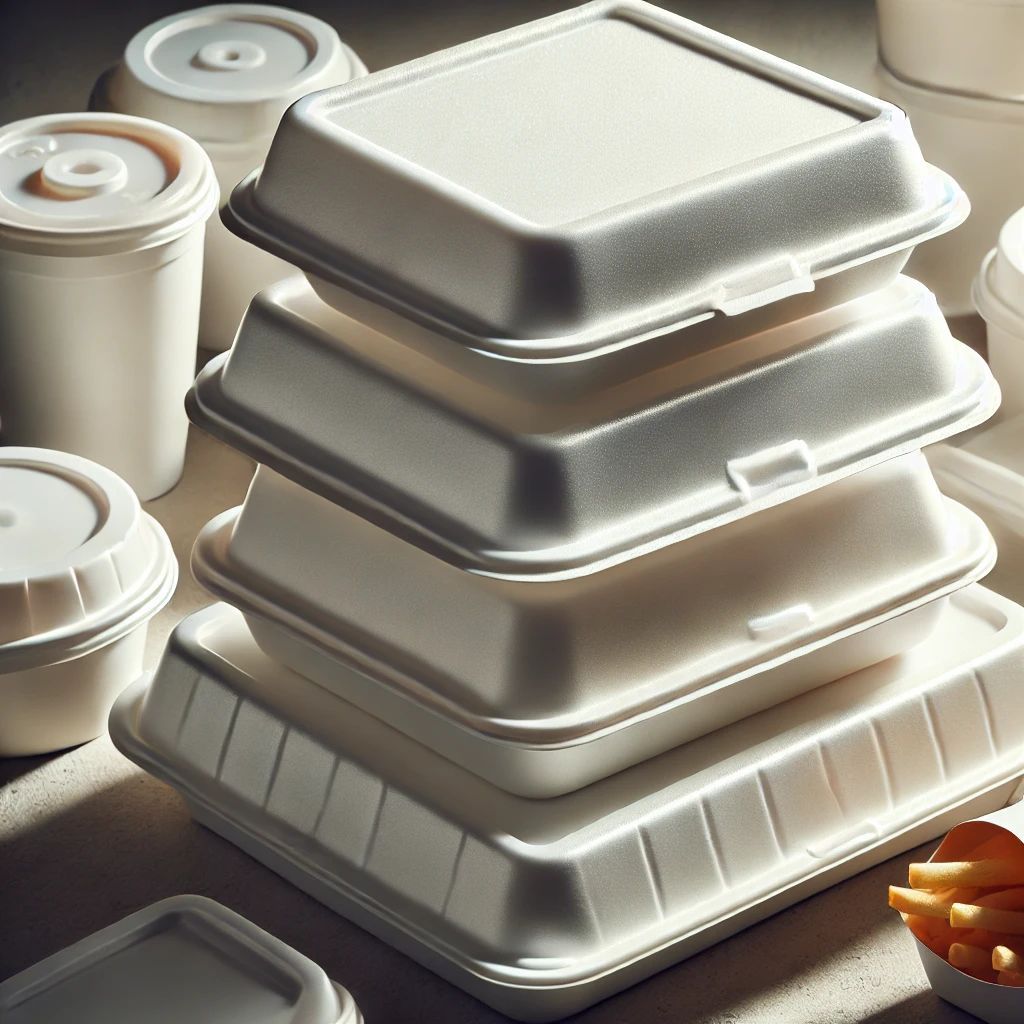
| Property | Value |
| Density | 1.04 g/cm³ |
| Tensile Strength | 25-45 MPa |
| Elongation at Break | 40-50% |
| Flexural Modulus | 1.6-2.5 GPa |
| Impact Strength (Notched) | 2-10 kJ/m² |
| Heat Deflection Temp. | 70-100°C |
| Glass Transition Temp. | 100°C |
| Melting Point | 220-260°C |
| Print Temperature | 230-250°C |
| Bed Temperature | 90-110°C |






